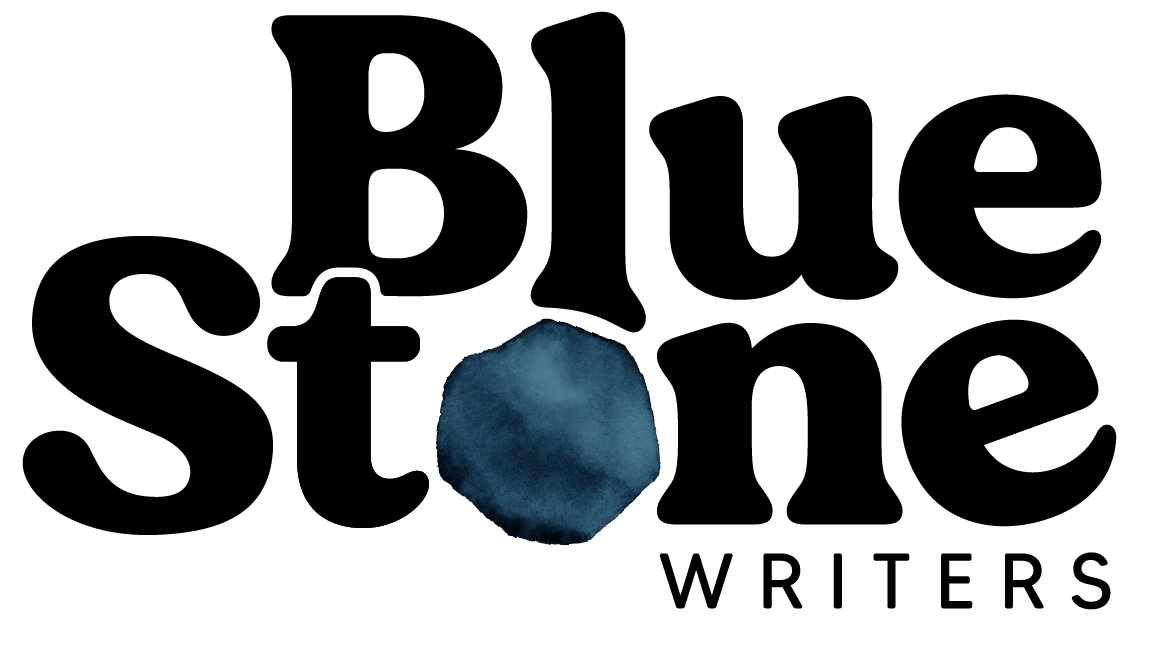I have found that as a writer, it can be easy to always push our characters into new and demanding situations without providing any time for them to rest. In our pursuit of the story line, we can sometimes forget that it’s impossible to expect 100% all the time (both from ourselves and from our characters).
It’s for the plot!, you say, and you may be right, but I would like to suggest that allowing our characters space to breathe and regroup can tell us SO MUCH about their motivations and desires. What might your character think about in quiet moments, and who might they seek out?
Allowing for these places of rest can give your reader a glance into your character’s rich inner life, a life that is momentarily unprompted by external crises.
These times of rest can look as different for each character as they do in real life! For me, rest looks like a good book and a sleeping cat curled up in my lap. For others, rest might look like a night out, a day spent crafting at home, or a literal nap. In each case, the REST comes into play when a character feels relaxed and able to be vulnerable.
It allows for a certain softening around your character’s hard edges and peels off a few layers of hardened shell.
Just for a bit, allow your character a slow, deep breath.
For these prompts, I invite you to consider what times of rest might reveal about your character and even how that knowledge might play into the more action-heavy scenes of your WIP. Enjoy!
First, let’s think about what rest looks like for your chosen character, old or new. Do they feel more at peace at night or in the daytime? In a building or in the great outdoors? If you’re not sure where to begin, consider what places stress your character out the most, and flip them on their heads. For example, perhaps your character feels stressed in a busy press room with all eyes on them, so you give them a quiet space of anonymity. Expand as necessary, and try to focus on the physicality of this place of rest! Write for seven minutes.
Now that we have our location, consider the specific people (if any) that might occupy your character’s restful space. Your character’s level of introversion/extroversion will probably come into play here, as well as the state of their closest relationships. Do they feel at rest with a family member, a friend, a partner, a mentor, or a stranger? If they are most at rest by themself, what object(s) do they seek out to feel at home? Write for eight minutes.
With location and people explored, consider what activities your character finds restful. Perhaps they feel at home crossing swords with a friend or swimming in their private lagoon. Maybe they would rather cook themselves a decadent meal or finish up the quilt that’s been lingering at the corners of their mind. Whatever the case may be, try to find the activities (or lack thereof) that calm your character and settle them into a place of relaxation. Write for six minutes.
Finally, I invite you to imagine a physical softening that takes place in your character when they feel at rest. This softening can be literal or metaphorical. Regardless, think about how relaxation might be represented in your character’s body. Do they unclench their fists or jaw, feel scales smooth into flesh, release tension between their eyes, or feel the ice in their heart melt down to pool in their stomach? Focus on the tactile images of what rest feels like for your character in whatever way makes sense for you. Write for five minutes.
How did it go? Did you dig it? Subscribe to The Fool & the Page for more guided writing and cosmic conversation.
KAY TEEKELL is Claire’s Summer Communications Associate and fellow creative writer. She has five years of writing and editing experience that ranges from content writing for blogs and magazines to grant writing for nonprofit organizations. Kay is passionate about the power of storytelling and strives to amplify voices that might otherwise be forgotten. She is excited to use her artistic and literary skills in her professional aspirations and will continue to develop her talents for the rest of her life.



